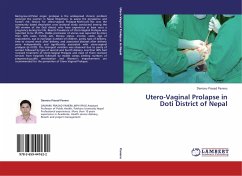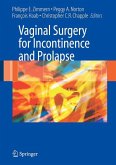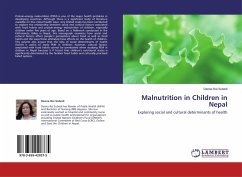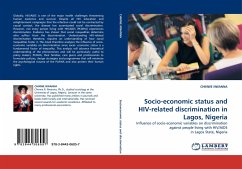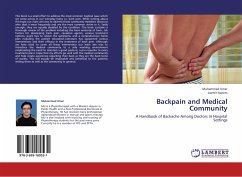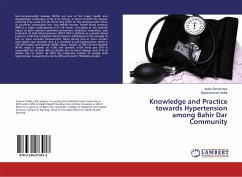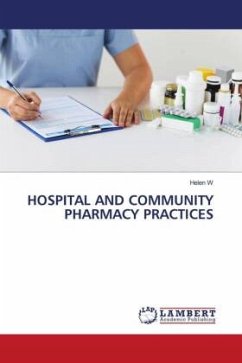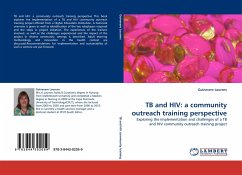Background Pelvic organ prolapse is the widespread chronic problem amongst the women in Nepal Objectives: to assess the prevalence and factors risk factors for Utero-vaginal Prolapse Methods This was the community based descriptive cross sectional study conducted among the 360 women of the Doti district who have experience at least once a pregnancy during her life. Results Prevalence of Utero-Vaginal Prolapse was reported to be 35.97%. Visible protrusion of uterus was reported by more than 32% cases. Family size, literacy status, income, caste, age of respondents, age at marriage; numbers of children, parity, type of delivery, time to resume work after delivery, and associated diseases after delivery were independently and significantly associated with utero-vaginal prolapse (p0.05). The strongest variation was observed due to parity of women followed by type of second and fourth delivery. Less than 40% had received treatment of Utero-Vaginal Prolapse and most of them received services from hospitals followed by mobile camps. Limiting numbers of pregnancies,public sensitization and Women's empowerment are recommended for the prevention of Utero-Vaginal Prolapse.
Hinweis: Dieser Artikel kann nur an eine deutsche Lieferadresse ausgeliefert werden.
Hinweis: Dieser Artikel kann nur an eine deutsche Lieferadresse ausgeliefert werden.

